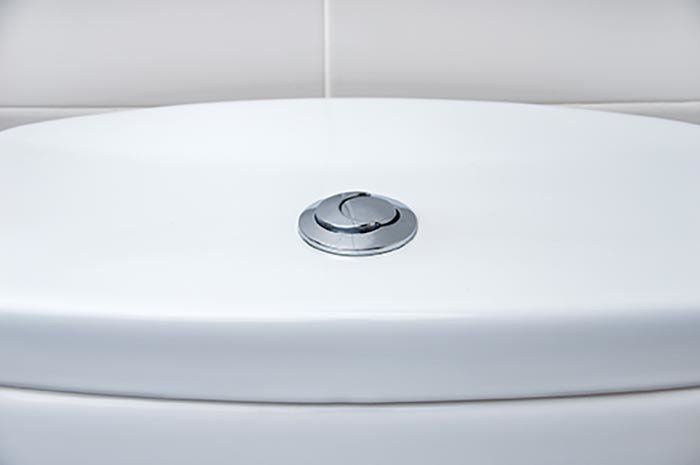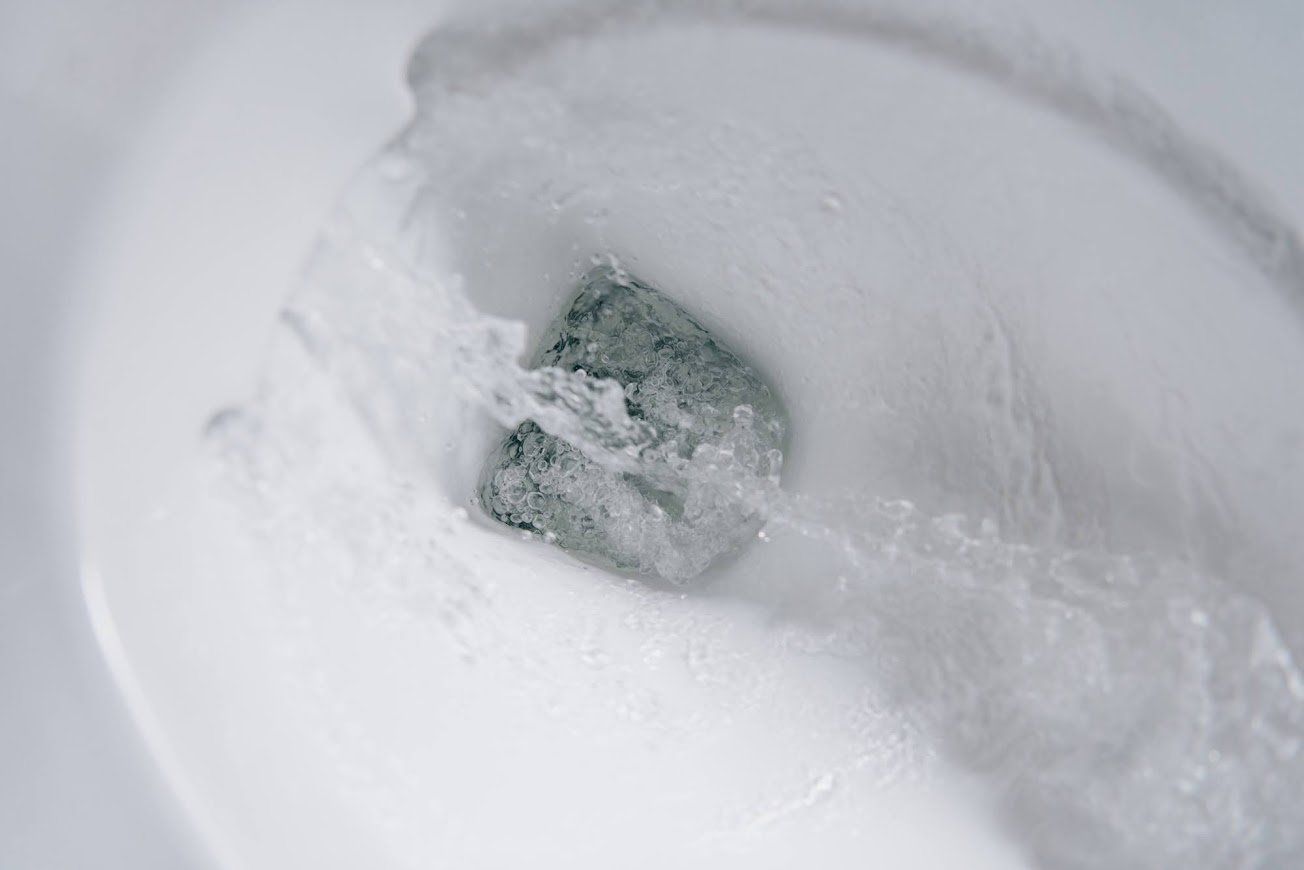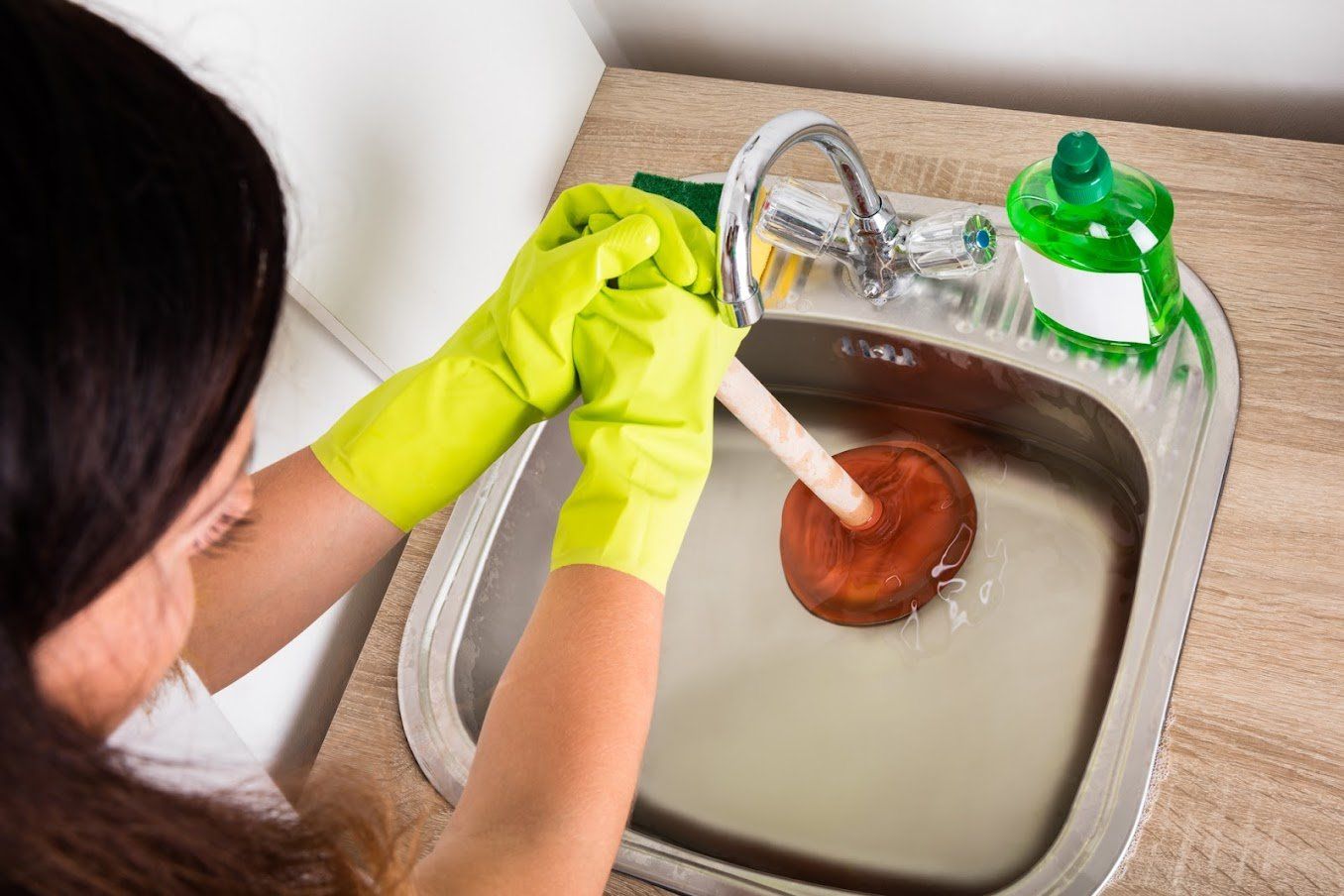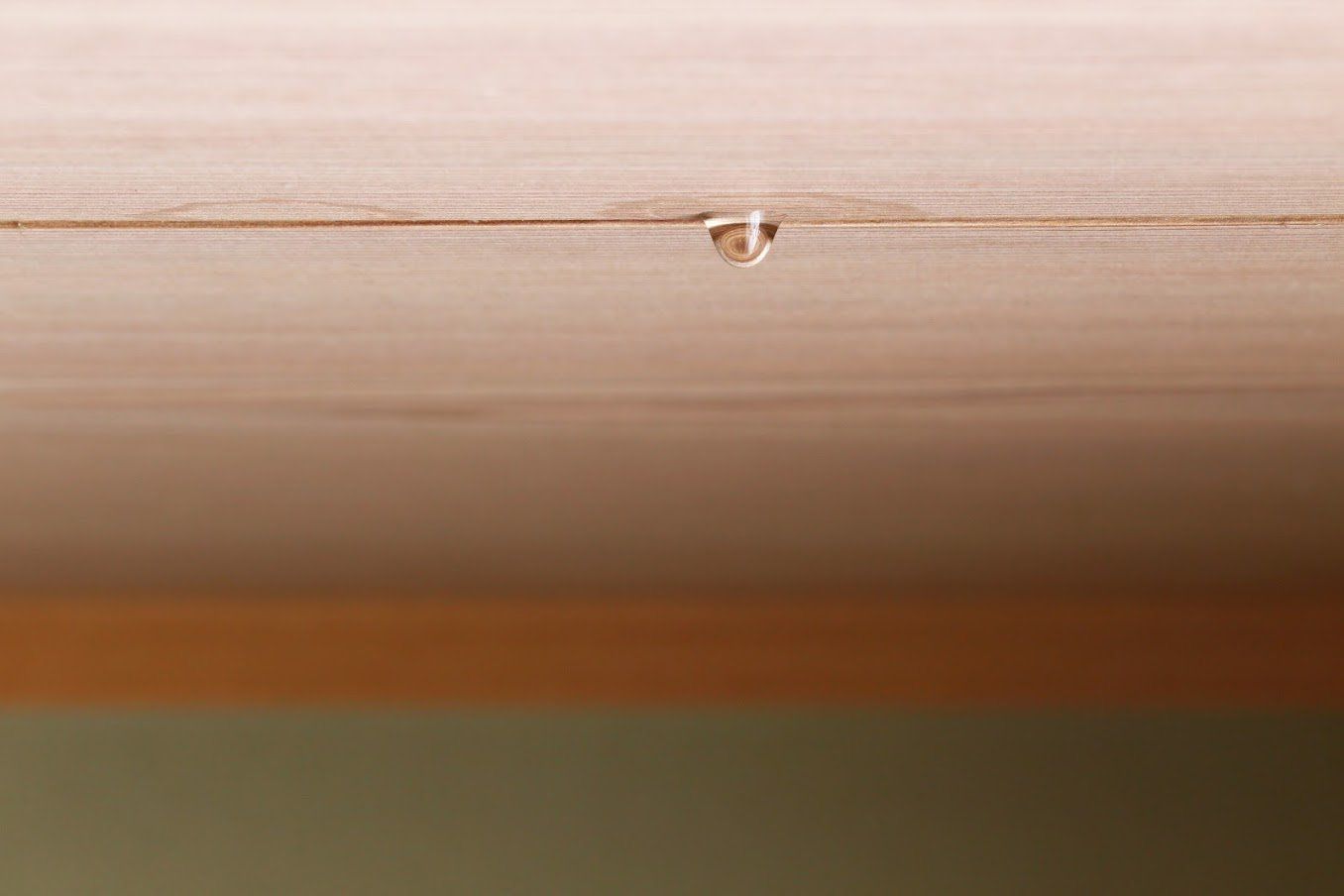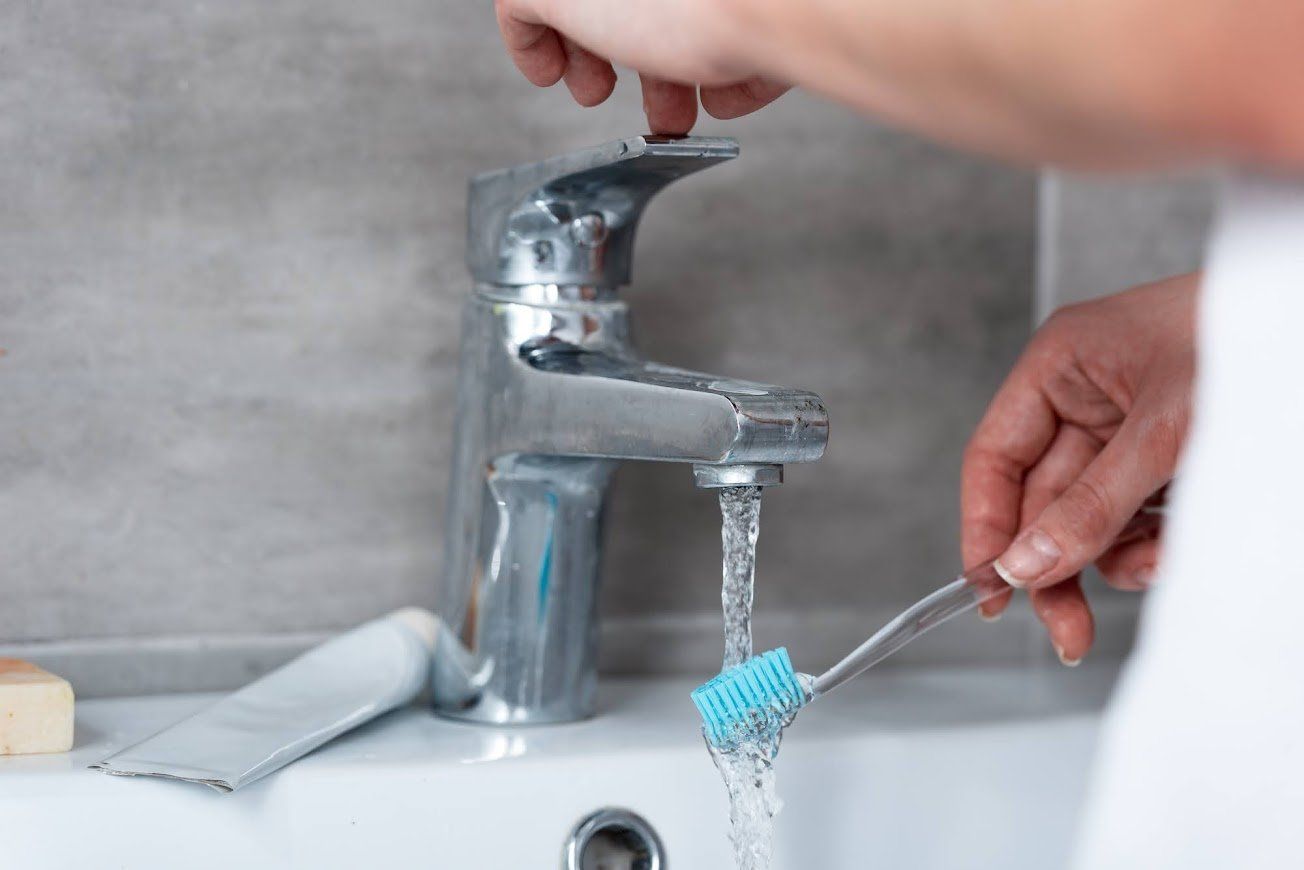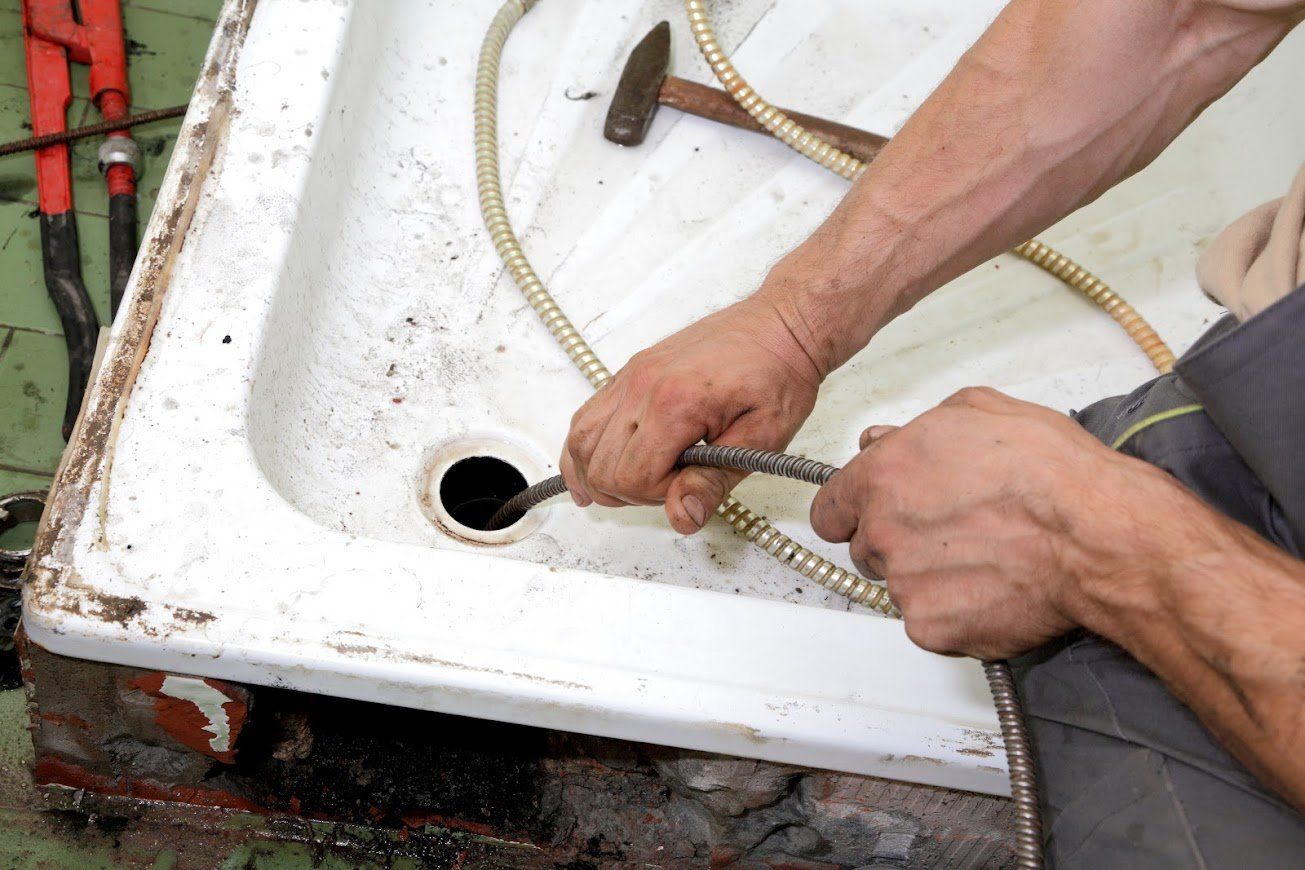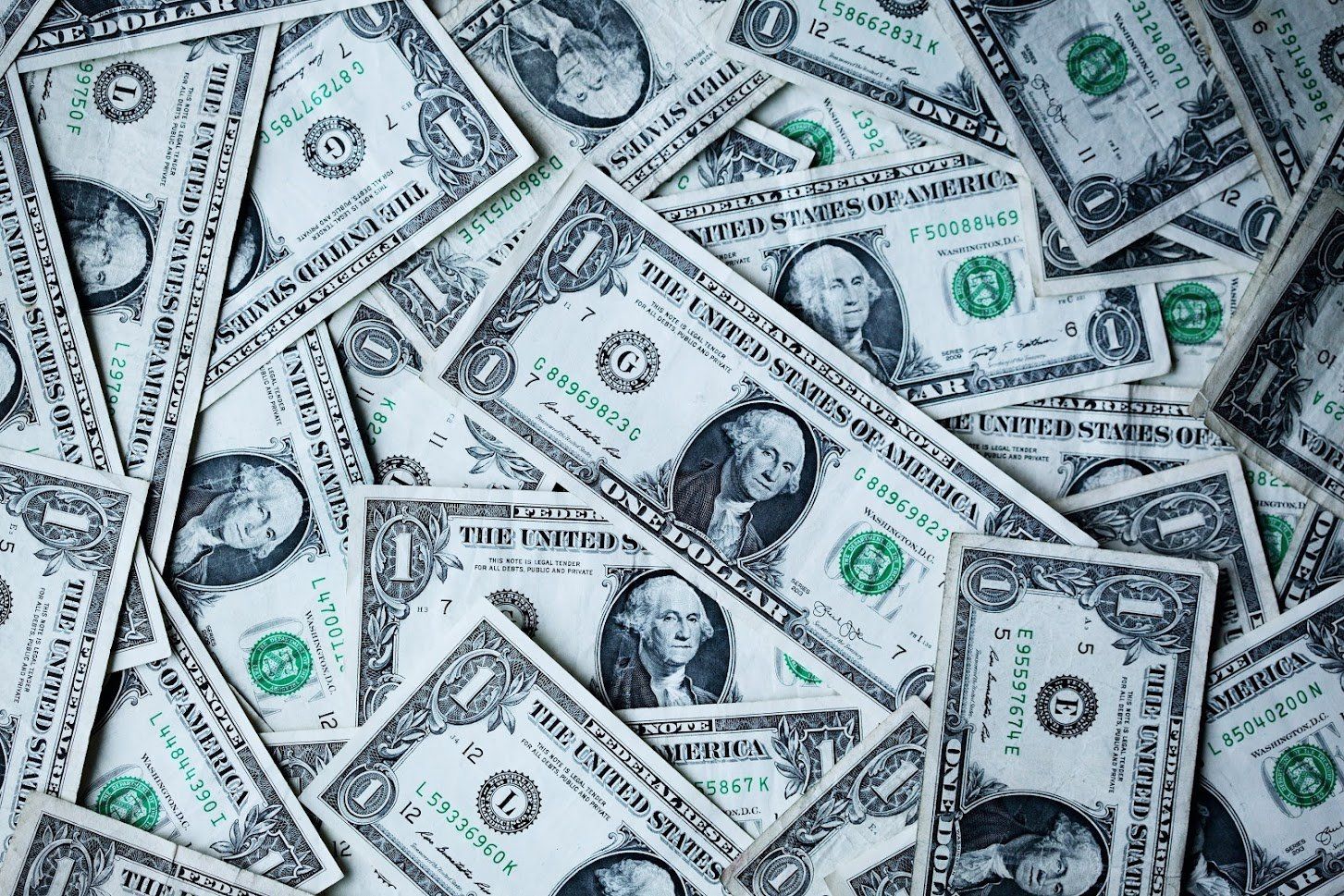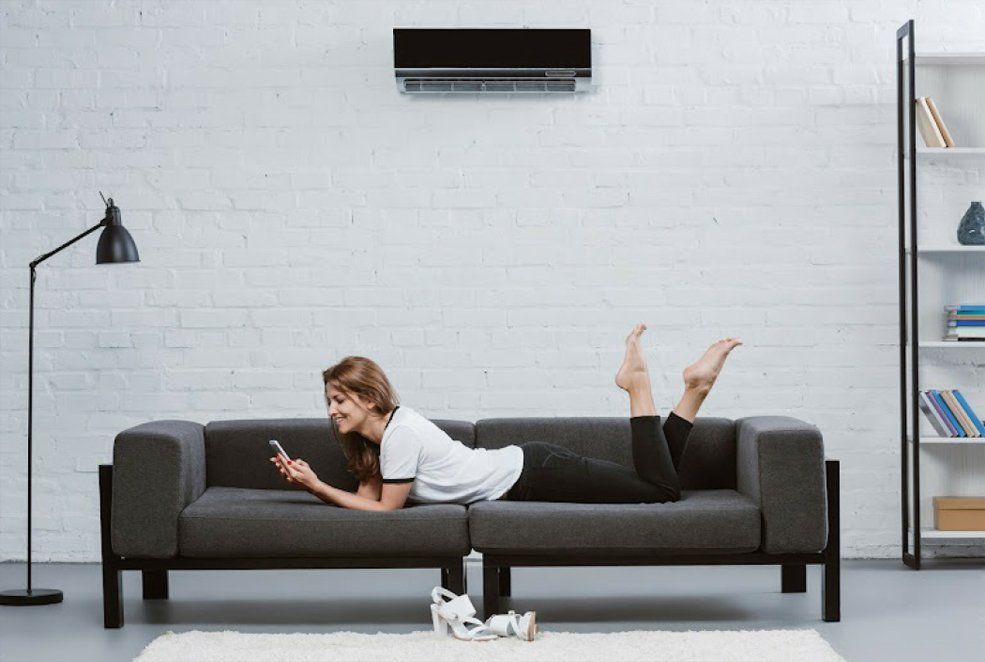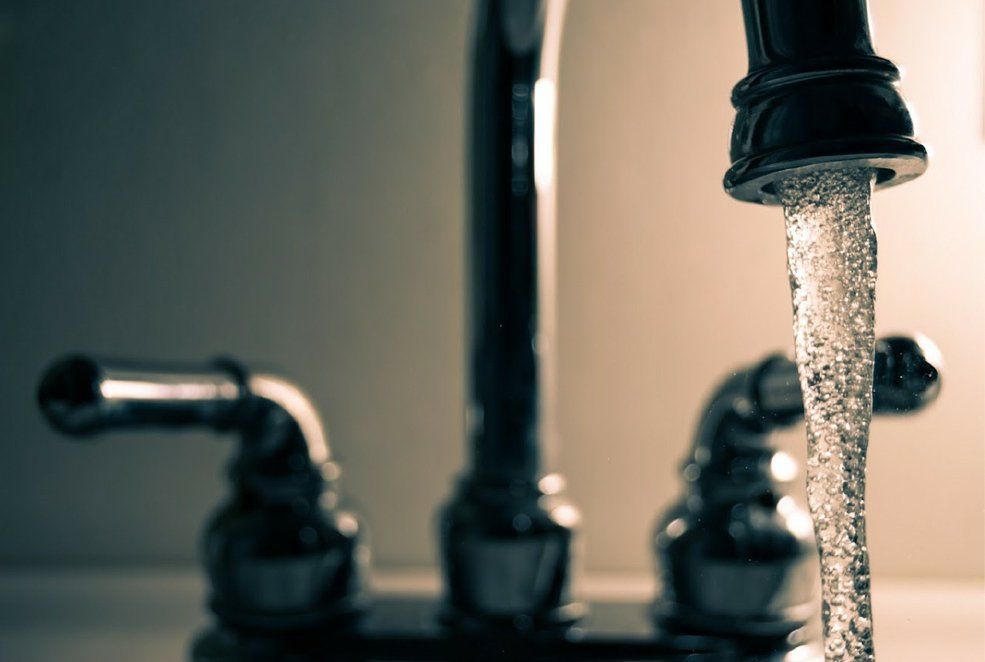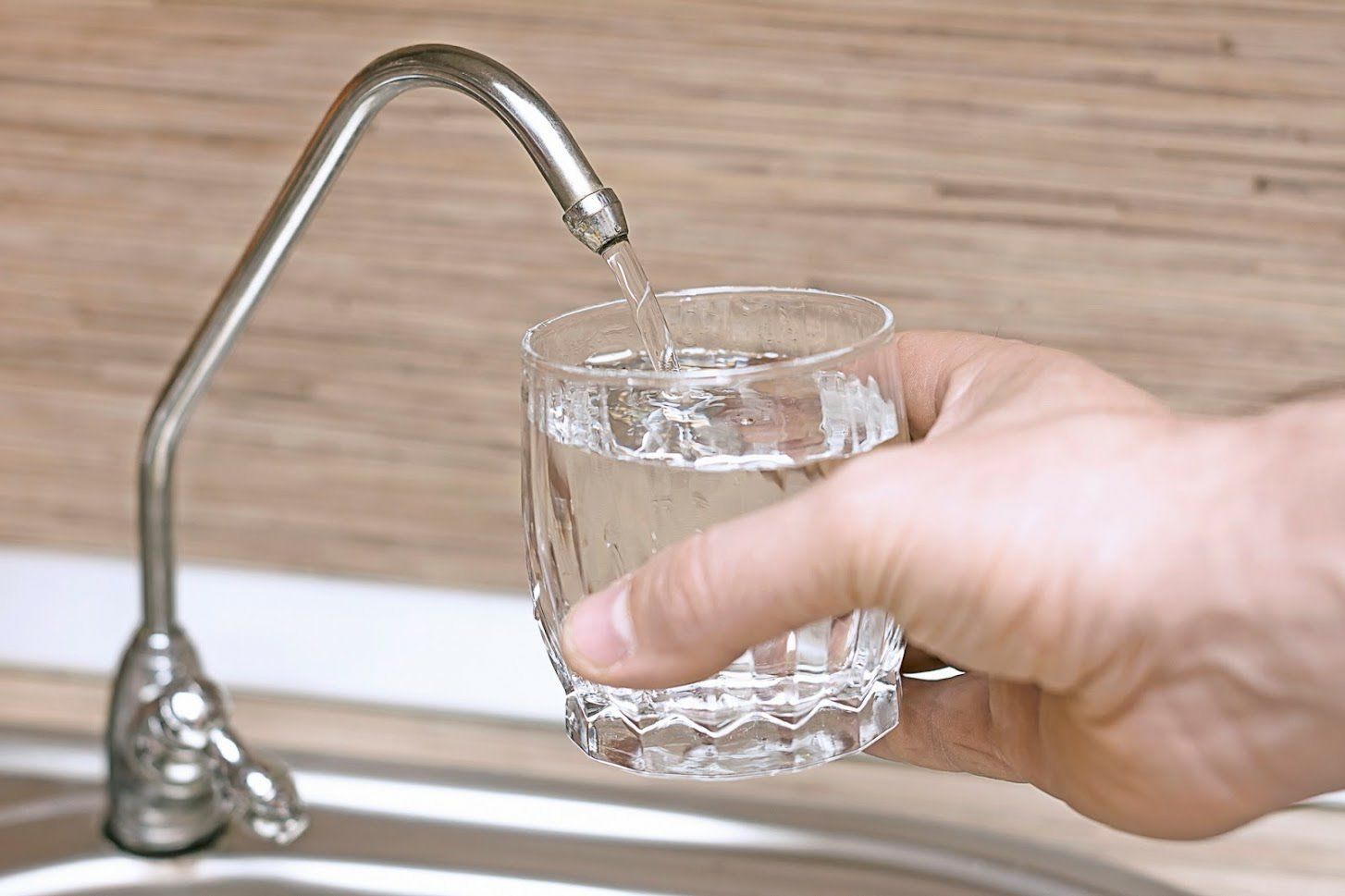WHY DOES YOUR TOILET NEED A DOUBLE FLUSH?
Admin • September 9, 2019
Sometimes a single flush won't do. Why do you need to double flush? If your toilet can't handle what seems like normal use and you're having to flush more than once, take a look at what you need to know about this common commode issue.
The Wrong Type of Paper
Toilet paper products aren't all equal. Some papers flush and degrade easier than others. Plush paper with multiple plies may feel soft to the touch but when it comes to your toilet, these options can cause clogs.
If your paper won't go down the drain after one flush, you may be using the wrong product. To get the most out of your flush choose:
- A single-ply paper. Fewer layers mean less bulky paper and an easier flush. This can reduce the number of flushes you need, save water, and prevent backups. Single-ply paper also tends to be less expensive.
- Recycled paper. This eco-friendly option is biodegradable and easy to flush.
While the right paper may solve your problem, it may not completely eliminate this water-wasting issue. If you still need to double flush, read on for more information on what to do next.
The Wrong Amount of Paper
How much paper do you use at one sitting? While there's no standard quantity to stop needing to double flush, too much paper can cause a plumbing problem. To figure out exactly how much you can use safely:
- Consider the type of paper. Again, quilted or thick paper doesn't flush as easily as thinner, recycled, or biodegradable products. If you have to use a thicker paper, reduce the quantity to eliminate the need for an extra flush.
- Try less. Do you think you have the right amount of paper? Does the toilet still require a second flush? If so, gradually reduce the amount of paper until you only need one flush.
- Review the flush as a whole. Toilet paper isn't the only thing going down the drain. Consider everything in the bowl when you choose the amount of paper product.
If you have the right paper in a reduced amount and still have plumbing problems, you'll need to explore other options. These may include issues with the toilet itself or the plumbing system.
The Toilet is a Low Flush Model
Low-flush toilets can save water and money. These environmentally-friendly options reduce the amount of water used for each flush, cut the cost of utility bills, and help the planet with their increased efficiency.
Even though low-flush toilets should work just as well as the traditional model, they don't always carry waste away efficiently. According to the U.S. Environmental Protection Agency (EPA), the federal standard for toilet water use is 1.6 gallons per flush. WaterSense low-flush/low-flow models use an estimated 20 percent less water.
If your low-flush model takes extra flushes to move paper and waste, the toilet itself may not work correctly. Before you give up on your low-flush toilet:
- Contact a plumber. Make sure the toilet is installed correctly and works as it should. The professional can inspect the toilet and make sure there isn't another issue at fault.
- Check the fill. Does your toilet have enough water? If the water level is too low it can impact the power of the flush.
- Look for clogs. A clog can negatively affect any toilet's flush. Make sure the drain is free from paper or other materials.
Does your low-flush toilet still require you to double flush? Twice the flushes mean twice the water. This makes your eco-option inefficient. If you have to constantly flush twice, consider a change.
Does your toilet require a repair? Contact us at Art Douglas Plumbing Inc. for more information.


